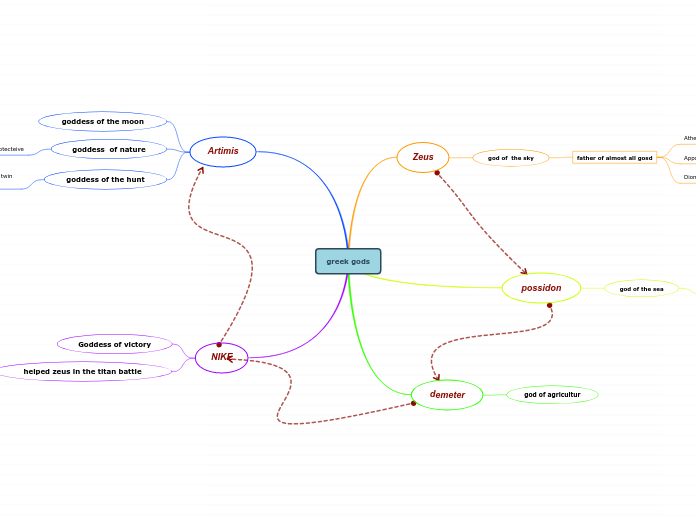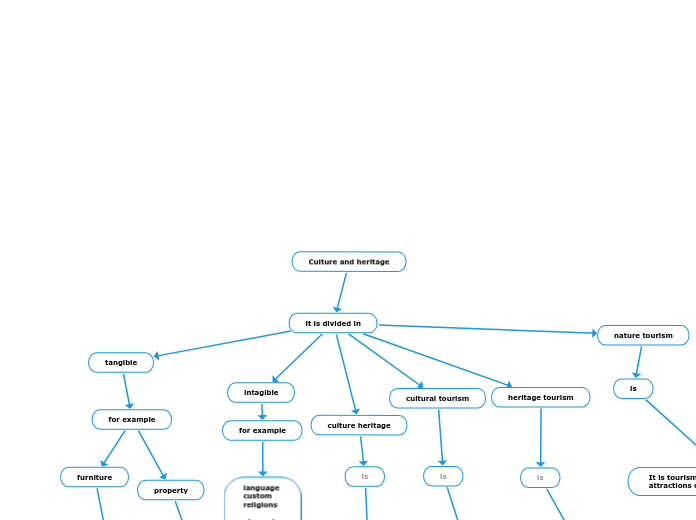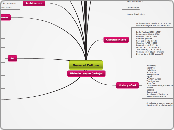av Nourhan ElBery för 11 årar sedan
188
Investigating Paul Cezanne Painting
A group of scientists conducted various tests to determine the authenticity of a painting attributed to Paul Cezanne. Dr. Montoya utilized x-ray fluorescence, discovering that the pigments used were consistent with those from Cezanne'









